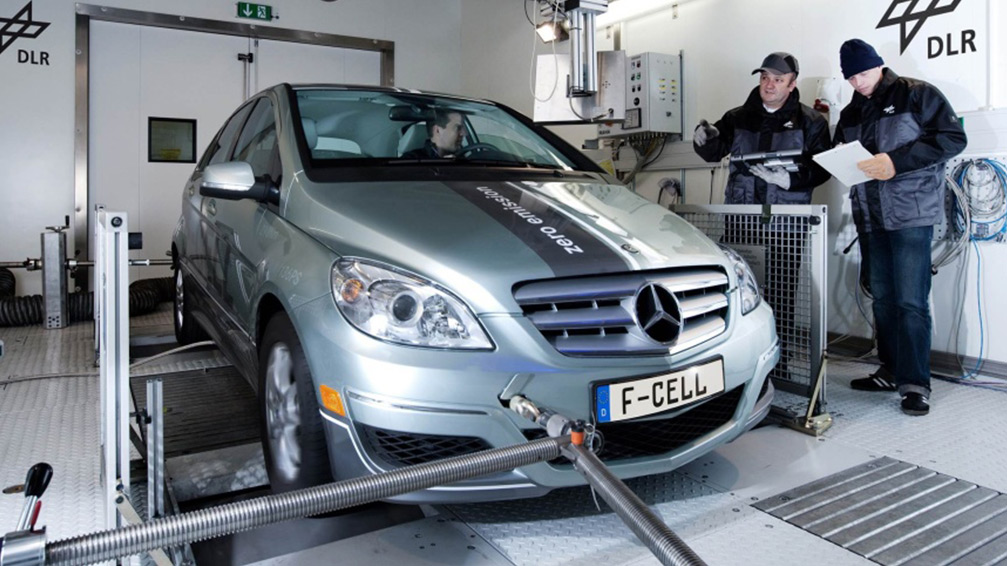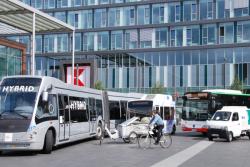
Whither technology? Technological progress can help make the travel of the future more sustainable. The VEU project is therefore also examining potential alternative technologies and energy systems. The results are directly incorporated into the models on future developments in transport, the energy sector, the climate and the environment.
Technologies for land vehicles
In the areas of rail, road and commercial vehicles, there is much technological innovation, e.g. reducing consumption and conserving resources through new (and lighter) materials and downsizing, alternative power train concepts such as fuel cells and electric motors, and new fuels, such as the conversion of wind energy into gas. The technologies are systematically recorded, analyzed and evaluated, and their potential applications are tested, for example in the question of what proportion of vehicles with alternative drive is realistic in vehicle fleets.
Technologies for aircraft
New technologies such as lightweight construction or new propulsion and fuel systems can also contribute to greater sustainability in aircraft and their engines, and are tested to this end. Additionally, models are developed to simulate consumption and emission patterns – as far as possible, across the entire range of commercial civil aviation. Existing databases are used in this and further extended.
Energy system

The positive impact of innovative transport systems depends on the way energy is generated – for instance, whether power for electric mobility is conventionally produced or by climate-friendly means. The incorporation of future energy systems is thus an integral component of VEU scenario analysis. As well as forecasts on developments in the technology and transport sectors, future scenarios of the Germany-wide energy sector are calculated, enabling the interactions of transport, energy and the environment to be mapped. A reference scenario describes which developments can be expected, given the current status quo. Further scenario show which measures in the transport sector are necessary to achieve climate protection targets.
